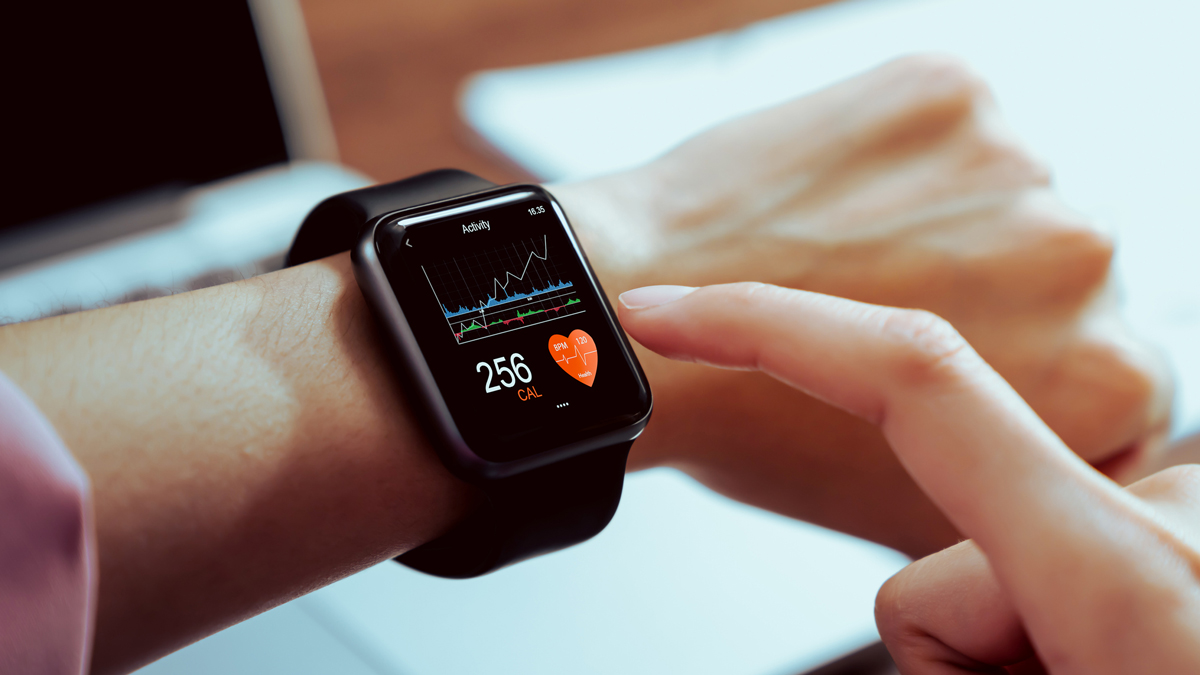Will people be left behind by the digital health revolution?

The uptake of digital health tools during the pandemic has been enormous due to improved access they provide to healthcare. In this article, Ben Hargreaves asks whether there are gaps in those utilising these solutions and what action is being taken to address this.
Digital health has a tremendous capacity to transform the healthcare industry, with the ability to provide easy access to a multitude of services and new types of therapies. One of the major questions that could limit that potential is, again, centred on access.
For those people who habitually use and have access to digital technology, smartphones, computers, and smart devices, the concept of ‘adapting’ to the use of such tools for healthcare is not in question. However, according to Pew Research, 7% of US adults do not use the internet, a fact that is strongly linked to age but is not limited to elderly people, as there is also a high correlation with lower earners.
With this said, the need for digital health to accommodate and to specifically target the greater inclusion of the elderly is apparent from the statistics of digital technology and internet usage. The same Pew Research survey found that 25% of adults aged 65 and older reported never going online. In a different angle on the same issue, ORCHA research in the UK found that of those aged 65 and over who were using a digital health app, only 3.8% had been recommended the app by a healthcare professional (HCP) – compared with 33.8% of people aged 18 to 24.
The World Economic Forum recently stated that more must be done to “address the gaps and challenges that prevent older persons from benefiting from the digital transformation.” This is particularly important as the healthcare needs of the elderly, often associated with multiple chronic conditions, offer the greatest opportunity for digital healthcare solutions to provide benefits.
Digital health literacy
The term at the centre of the issue is digital health literacy, also known as eHealth literacy, which is defined by the World Health Organization (WHO) as the ability to seek, find, understand, and appraise health information from electronic sources and apply the knowledge gained to addressing or solving a health problem.
The reason why this has become such a pressing issue is due to the rapid growth of digital healthcare solutions, which now include mobile healthcare applications, digital therapeutics, health information technology, telehealth and telemedicine, personalised medicine, and wearable devices. A report by Global Market Insights suggests that the greater uptake of these tools could see the value of the digital health market rise from being worth $141 billion in 2020 to $426 billion by 2027.
The overall importance of having access to these solutions has been underlined by the emergence of COVID-19, with the European Parliament finding that the uptake of digital health tools has been “accelerated” and has been “critical in the fight against the ongoing pandemic.” Though, the briefing on the subject also notes that there is a risk of a widening ‘digital divide’ that could leave behind the elderly and the socially disadvantaged.
Whole system approach
To learn more about the impact that the pandemic made on digital healthcare solutions and how access can be improved, pharmaphorum spoke to Marina Dorotheo, chief marketing officer at Welldoc, which is a platform that offers support to individuals living with chronic conditions and to provides tools to ‘live healthier’.
“COVID has not only accelerated telehealth adoption around the world, but also shined a light on the need to more tightly integrate digital health solutions into care, both to better support health between office visits, but also to ensure that our health ecosystems can offer services at scale,” Dorotheo said.
She also spoke on the need for those companies developing digital health apps to “integrate into the healthcare ecosystem”, stating that those working in the sector must ‘think beyond’ simply building an application. For Welldoc, this represents working with healthcare plans, systems, and employers to integrate its program into overall chronic care programs.
Dorotheo described what this looks in action: “Through collaboration, we can tailor access to the app in line with specific population needs, with the purpose of helping individuals self-manage their conditions. We are also able to ensure data and insights are shared with care teams to support the right interventions and clinical decisions.”
Reacting to the digital revolution
One example of both integration and cooperation across the healthcare industry was recently formed through the Telehealth Equity Coalition, which was founded on the basis of ensuring digital health develops in a way that reduces health inequalities rather than widens the existing gap in the US.
The group is formed of a variety of different stakeholders, including National Health IT Collaborative, Health Innovation Alliance, and Vanguard Medical Group, among others. Part of the aim of the initiative is to determine why digital health inequalities exist, with determining factors identified being access to a computer and also to high-speed networks, such as 5G. The organisation noted that the uneven rollout of 5G could potentially further entrench unequal access to digital health tools.
On a global scale, the WHO has published its own strategic report on how to utilise the potential for digital healthcare solutions and put forward proposals of policy actions to ensure certain outcomes, with specific guidance on ensuring gender equality and health equity.
The report states one aim in this regard: “[to] strengthen gender equality and health equity approaches and accessibility for people with disabilities to promote inclusive digital society with enhanced digital health skills. When planning and prioritising digital health interventions, relevant factors of inequality should be assessed in order to ensure that the introduction of digital health technologies does not aggravate these and that access for specific population groups is guaranteed.”
In a recent white paper, Digital Health Europe, an organisation focused on digital health uptake that is funded by the European Commission, concluded that uptake of digital healthcare solutions is ‘still very fragmented’. Further, it noted that although the pandemic has accelerated uptake, this is on a ‘very much unequal’ basis. The organisation identified a solution to address this, by ensuring “digital health skills development, education and training is fundamental for healthcare professionals, and it should be better embedded in their professional development pathway.”
The rapid development and uptake of digital healthcare solutions is one of the positives that has emerged for COVID-19. However, the speed of change also poses its own problems. As can be seen by both the WHO and Digital Health Europe’s recent reports, the rise of digital health is necessitating equally rapid reflection and action on a regional and global scale to ensure everyone — including patients and providers — has the digital health literacy required to benefit from this revolution.
Dorotheo explained how Welldoc is attempting this on an individual company basis, stating, “By integrating into existing care models and into the daily lives of individuals, we remove many of the hurdles digital health solutions often face.” The larger challenge will now be for all stakeholders to create broader safeguards to ensure that entire groups of individuals, whether that is the elderly or the socially disadvantaged, are also able to integrate these tools into their daily lives.













